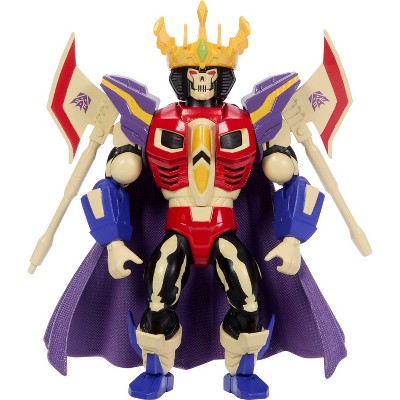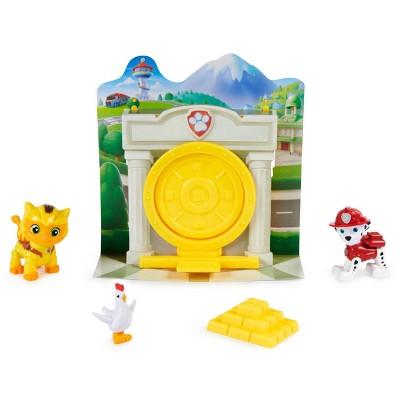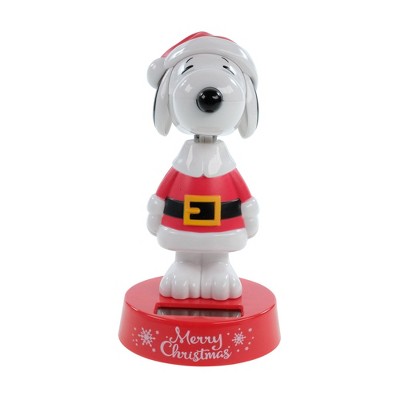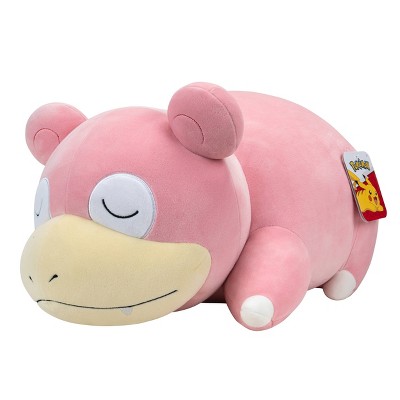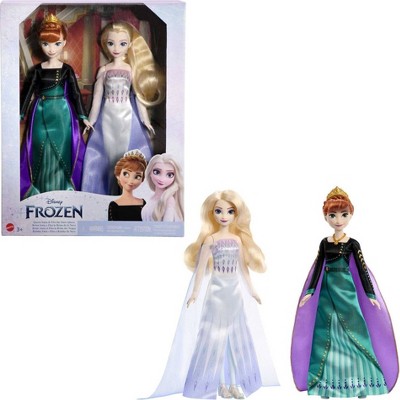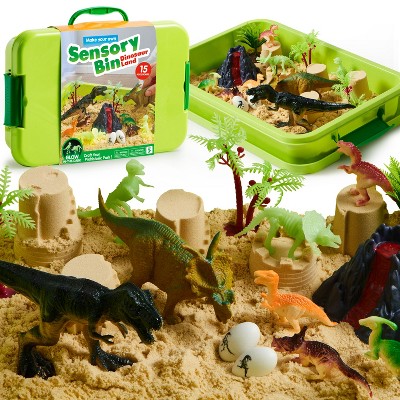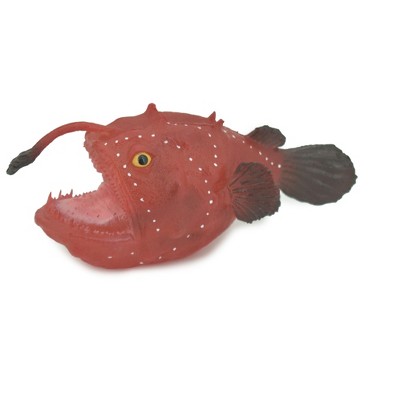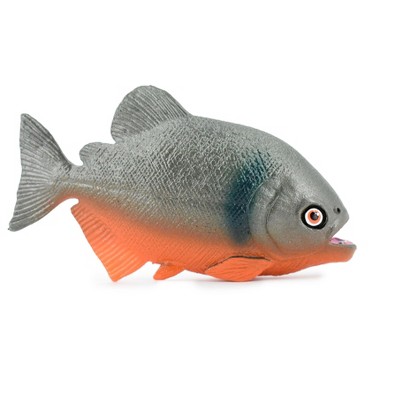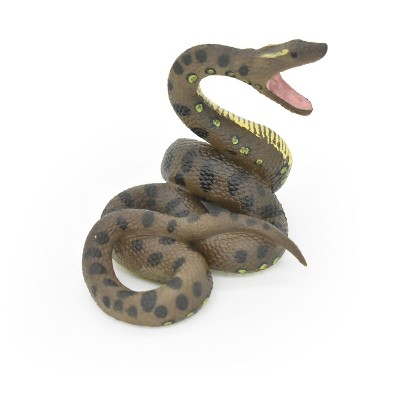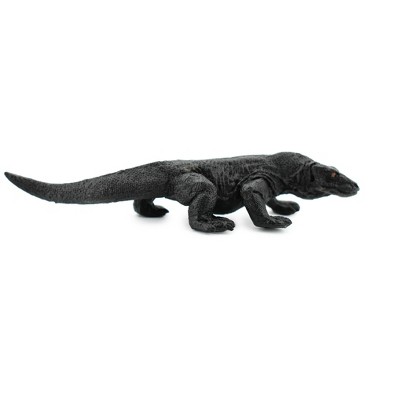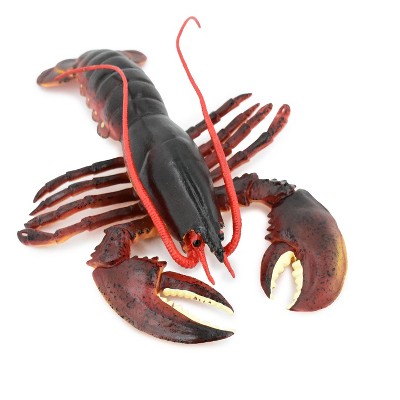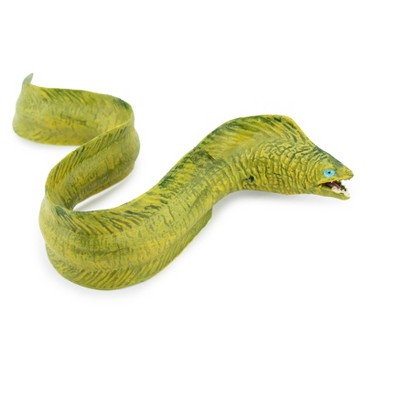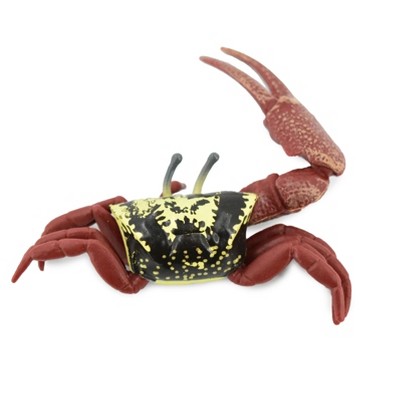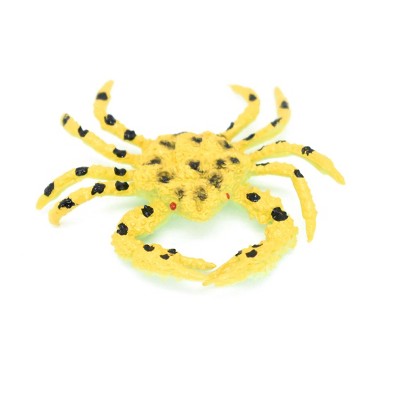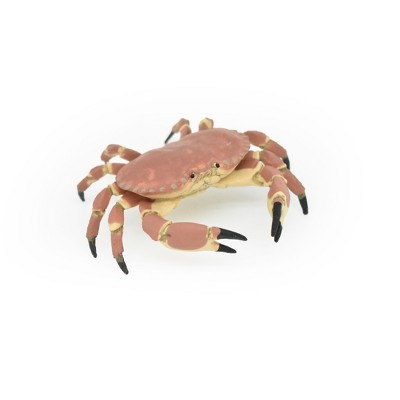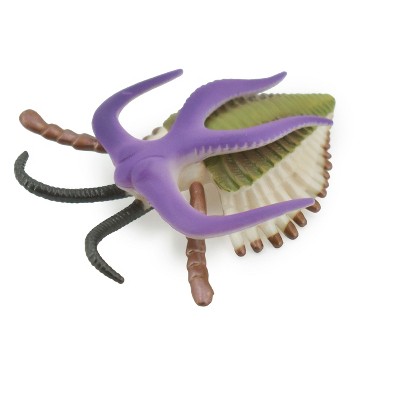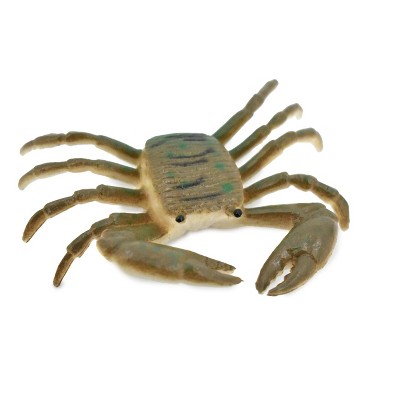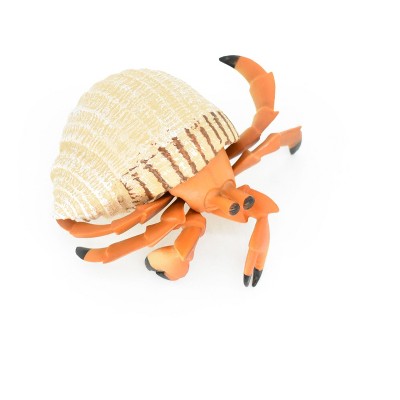Sponsored




Collectible Wildlife Gifts | Crab, Horseshoe Crab, Museum Quality, Hand Painted, Rubber Crustacean, Realistic Toy Model, Gift, 6" CH467 BB151
New at target
$18.39
In Stock
Eligible for registries and wish lists
Sponsored
About this item
Highlights
- Great Gift!.
- Perfect for All Ages
- Realistic Wildlife Toy
Description
Just how old are horseshoe crabs? Scientists have discovered fossils of their ancient ancestors that lived 445 million years ago. Dinosaurs first appeared about 200 million years later, during the Mesozoic era. Horseshoe crabs went on to survive the extinction event that wiped dinosaurs from the planet 66 million years ago. Four species survive today ” one found in the Atlantic coastal waters of North America and the Gulf of Mexico and three found in Asia ™s coastal waters. Horseshoe crabs have not evolved much in the past 200 million years, which is why they are often called œliving fossils. Human blood is red because our hemoglobin ” the protein in red blood cells that transports oxygen around the body ” contains iron. Horseshoe crabs have a different oxygen-carrying protein, called hemocyanin. Hemocyanin has copper rather than iron, which gives horseshoe crab blood its bright blue color. They have six pairs of legs but only five are for walking.Horseshoe crabs walk on 10 legs and use their last pair, called the chelicera, to move food into their mouths. They eat worms, algae, clams, and other small prey that they root out in the sediment on the ocean floor. Horseshoe crabs have no jaws, so they crush their meals between their legs before eating. One horseshoe crab can lay about 4,000 eggs. Atlantic horseshoe crabs are found from Florida to Northern Maine and in the Yucatán peninsula. The largest populations live in the Delaware Bay. From May to early June, they swarm the beaches to breed and lay eggs. They arrive in huge numbers during high tides that coincide with the full moon or new moon. Females dig nests in the sand and bury a cluster of about 4,000 tiny, blue-green eggs. They can lay about 20 egg clusters each year!Sand covered in tiny, blue-green horseshoe crab eggsHorseshoe crab babies look just like adults ” but with translucent shells.It takes two to four weeks for horseshoe crab eggs to hatch. Tiny crabs emerge, smaller than the eraser on a No. 2 pencil and with nearly see-through shells. The baby horseshoe crabs find shallow, sheltered waters to live in. They molt several times in their first year, shedding their old shells to reveal new shells underneath. Their shells darken as they age. The crabs continue to molt, but with less frequency, as they grow older.Many shorebirds can ™t survive without horseshoe crabs. Thousands of shorebirds descend on the Delaware Bay in May to feast on horseshoe crab eggs. Red knots, ruddy turnstones and sanderlings and other species rely on the fat- and protein-packed eggs to power their long flights. For red knots, this important stopover is the last chance to fuel up before the final leg of an epic 9,300-mile migration from South America to the Arctic.But fishers use horseshoe crabs as bait to catch eels and whelk (sea snails), and crab populations are getting smaller. In some states, it ™s illegal to catch horseshoe crabs. If harvests continue, the crabs could disappear ” along with the shorebirds that rely on them.Shorebirds flying over a sandy shoreline in the Delaware BayThey are not true crabs. Horseshoe crabs are arthropods, but they are more closely related to scorpions and spiders than crustaceans. They are the only living members of the Xiphosura order.You may be alive today thanks to a horseshoe crab. Horseshoe crab blood contains a unique enzyme called limulus amebocyte lysate, or LAL. It causes the blood to coagulate when exposed to bacterial endotoxins, which can be deadly. Biomedical companies use LAL to test medicines, vaccines, implants, and more for endotoxins. It ™s how they ensure medical equipment is safe for people. Unfortunately, many horseshoe crabs die in the process of collecting their blood. Scientists are exploring synthetic alternatives to LAL. Finding a replacement will help ensure a future for horseshoe crabs and shorebirds. Horseshoe crabs pile on top of each other on a sandy shore near a breaking waveA horseshoe crab ™s pointed tail is not for self-defense. Horseshoe crabs are easily jostled by ocean currents and waves ” and each other. When a crab gets stuck upside-down, it uses its tail, called a telson, to flip over! Horseshoe crabs can also use their telson as a rudder to help steer as they swim upside down. Luckily, horseshoe crabs are not powerless against predators, like sea turtles, sharks and gulls. Their tough shells are good shields.They glow under UV light. Like scorpions, horseshoe crabs exhibit fluorescence under ultraviolet light (or blacklight). Scientists don ™t know why horseshoe crabs fluoresce, but younger crabs with lighter shells glow brighter than adults. Collectible Wildlife Gifts is the market leader in providing high quality, realistic toys of all types! Every one of our items is heavily inspected for quality craftsmanship and authenticity. Our products make great gifts for your family and friends! Additionally, our lifelike animal figurines and plush make for great displays and educational sets. We are happy to serve our wide range of clientele from parents to educators, gift shop owners and many more! Our team works hard to ensure you get a great toy. All products from Collectible Wildlife Gifts, are checked for quality to ensure you receive order in perfect condition. From plush sharks to educational animal growths cycle we offer the perfect toy or gift for any occasion.
Number of Pieces: 1
Dimensions (Overall): 2 inches (H) x 6 inches (W) x 3 inches (D)
Weight: .25 pounds
Suggested Age: All Ages
Material: Rubber
Battery: No Battery Used
TCIN: 1006907640
UPC: 638932635429
Origin: imported
The above item details were provided by the Target Plus™ Partner. Target does not represent or warrant that this information is accurate or complete. On occasion, manufacturers may modify their items and update their labels.
We recommend that you do not rely solely on the information presented. If you have a specific question about this item, you may consult the item's label, contact the manufacturer directly or call Target Guest Services at 1-800-591-3869.
If the item details aren’t accurate or complete, we want to know about it.
Shipping details
Estimated ship dimensions: 5 inches length x 8 inches width x 4 inches height
Estimated ship weight: 4.1 pounds
This item cannot be shipped to the following locations: American Samoa (see also separate entry under AS), Guam (see also separate entry under GU), Northern Mariana Islands, Puerto Rico (see also separate entry under PR), United States Minor Outlying Islands, Virgin Islands, U.S., APO/FPO, Alaska, Hawaii
item ships from third party seller: Collectible Wildlife Gifts
Return details
This item can be returned to any Target store or Target.com.
This item must be returned within 30 days of the date it was purchased in store, shipped, delivered by a Shipt shopper, or made ready for pickup.
See the return policy for complete information.
